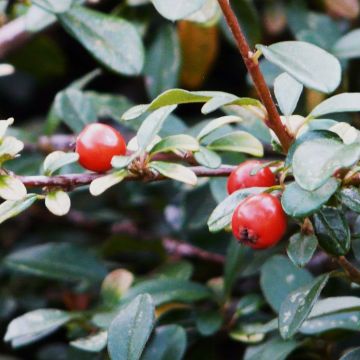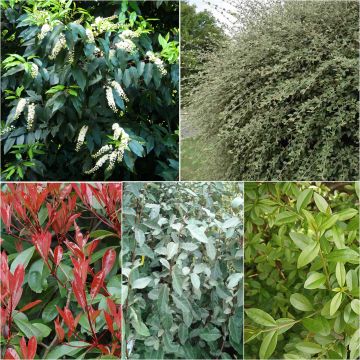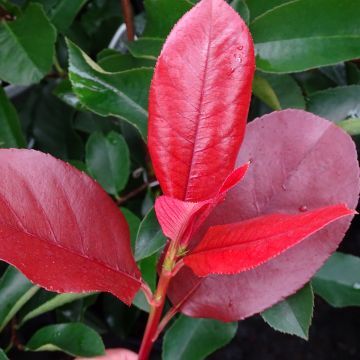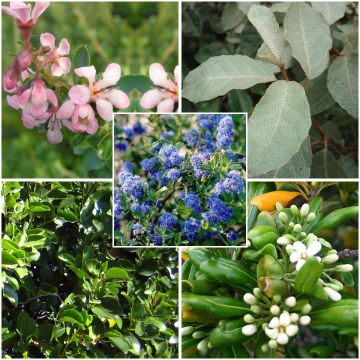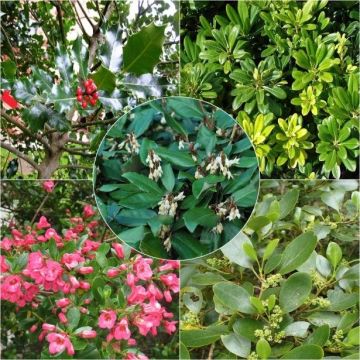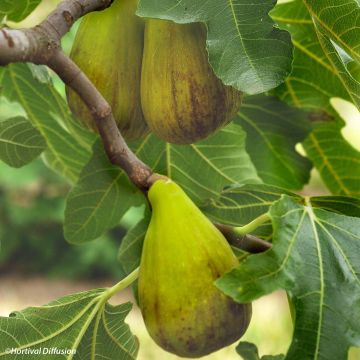Shipping country and language
Your country of residence may be:
Your country of residence is:
For a better user experience on our website, you can select:
Your shipping country:
Andorra
Austria
Belgium
Bulgaria
Canada
Chile
Croatia
Cyprus
Czechia
Denmark
Estonia
Finland
France
Germany
Greece
Hungary
Iceland
Ireland
Italy
Latvia
Lithuania
Luxembourg
Malta
Monaco
Netherlands
Poland
Portugal
Romania
Slovakia
Slovenia
Spain
Sweden
Switzerland
United Kingdom
We only deliver seed and bulb products to your country. If you add other products to your basket, they cannot be shipped.
Language:
French
German
Spanish
English
My Account
Hello
My wish lists
Plantfit
Log in / Register
Existing customer?
New customer?
Create an account to track your orders, access our customer service and, if you wish, make the most of our upcoming offers.


Phytolacca dioica - Belombra, Raisinier dioïque
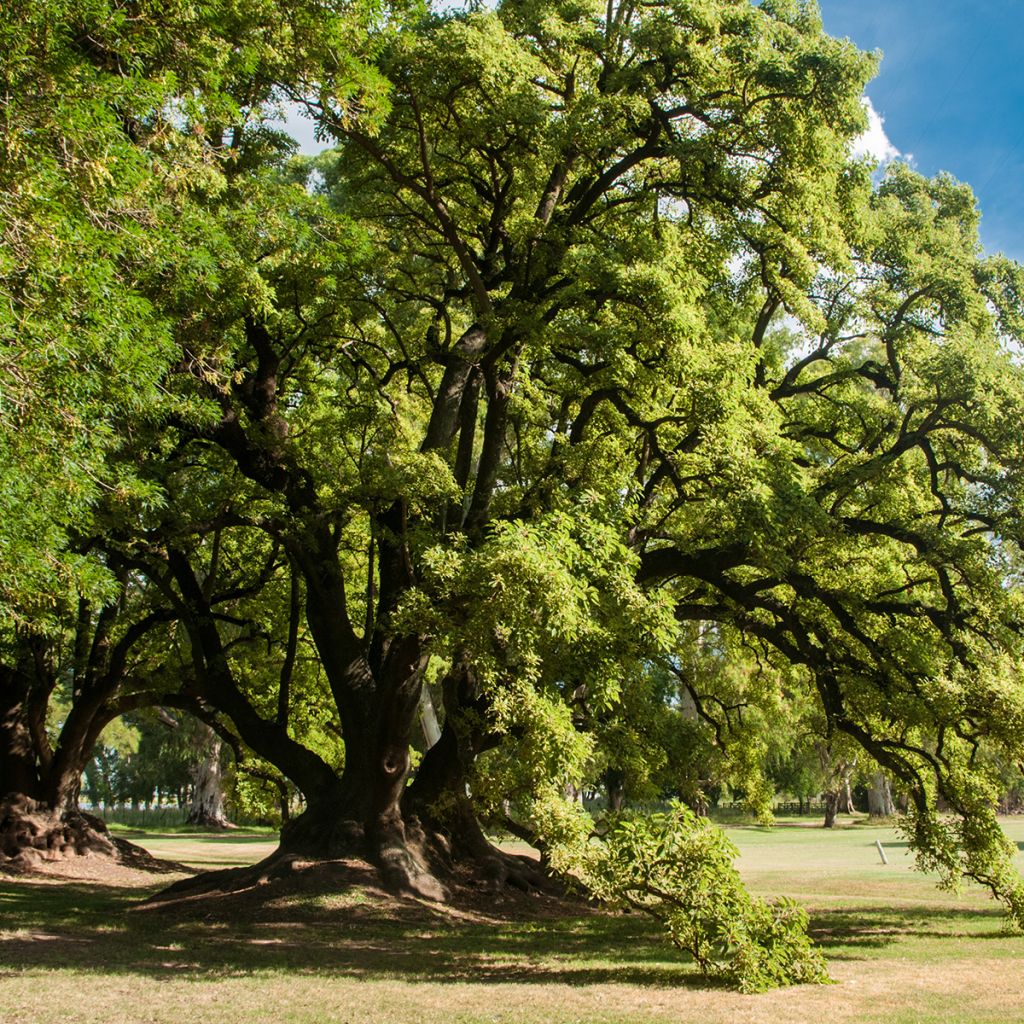

Phytolacca dioica - Belombra, Raisinier dioïque


Phytolacca dioica - Belombra, Raisinier dioïque
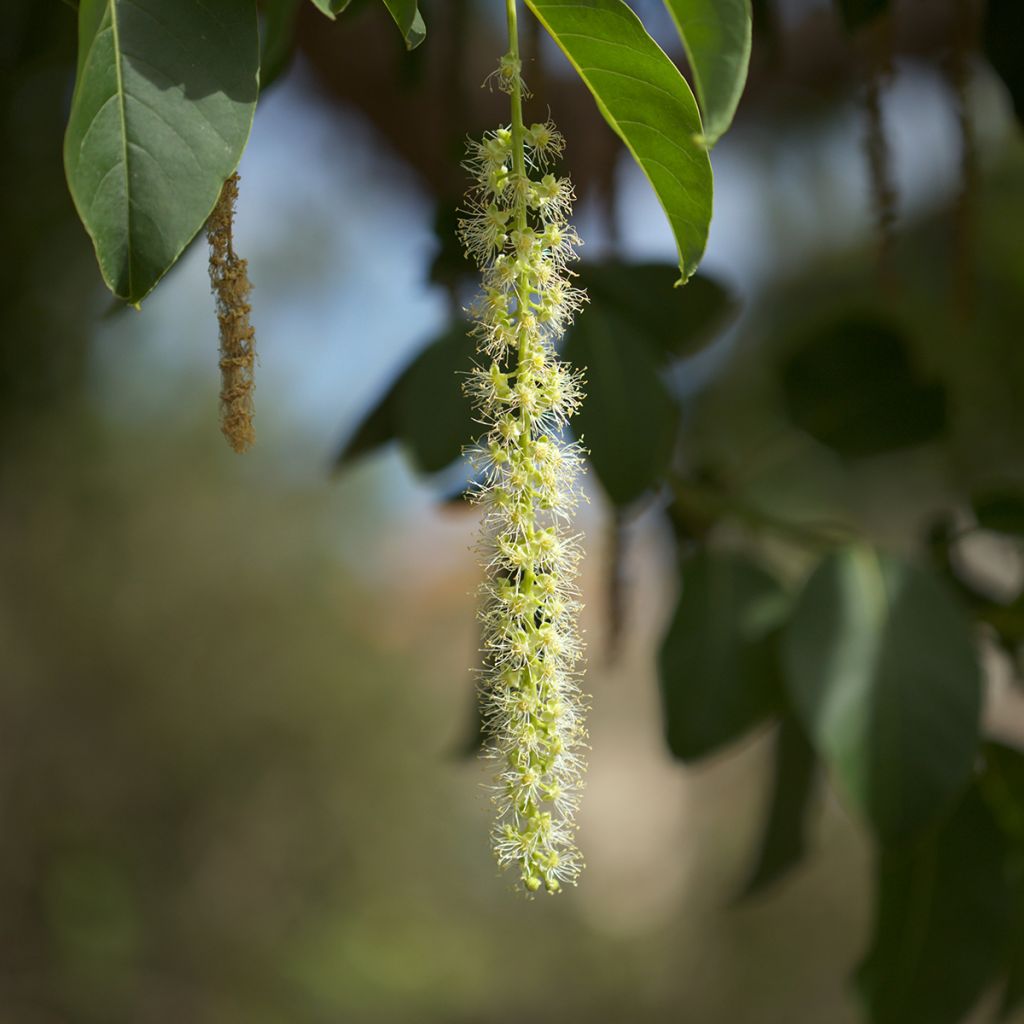

Phytolacca dioica - Belombra, Raisinier dioïque


Phytolacca dioica - Belombra, Raisinier dioïque
Phytolacca dioica
Phytolacca dioica
Bella Sombra
Why not try an alternative variety in stock?
View all →Order in the next for dispatch today!
Dispatch by letter from €3.90.
Delivery charge from €5.90 Oversize package delivery charge from €6.90.
More information
This item is not available in your country.
Schedule delivery date,
and select date in basket
This plant carries a 24 months recovery warranty
More information
We guarantee the quality of our plants for a full growing cycle, and will replace at our expense any plant that fails to recover under normal climatic and planting conditions.
Oversize package: home delivery by special carrier from €6.90 per order..
Express home delivery from €8.90.
Does this plant fit my garden?
Set up your Plantfit profile →
Description
Phytolacca dioica, also known as the Dioecious Raisin Tree, is one of those few plants whose picturesque appearance instantly evokes the tropics. Its often multiple trunks widen into a very broad and swollen base, giving it a venerable look. In reality, one should not be fooled, because it is a fast-growing tree. It quickly forms an imposing mass of vegetation, often as wide as it is tall, which makes it successful as a shade tree in hot Mediterranean areas. Its beautiful shiny dark green leaves are evergreen and decorative, as is its white spring flowering. Not very hardy.
Phytolacca gave its name to the family Phytolaccaceae, which includes only 18 genera, of which it is the most well-known. The 25 species of Phytolacca include herbs, bushes, and pachycaul trees, which is the case for P. dioica (syn. Pircunia dioica). Also known as the elephant tree, it does indeed form a caudex, which is a swollen stump that allows it to store water to withstand periods of drought (like the baobab, probably the most famous of bottle trees, another name for these particular plants). Native to subtropical to tropical America, it can reach a height of about twenty metres in these climates. Down there, it is called ombu. The Castilians nickname it Bella sombra, the Catalans Bella ombra, and the French Bel ombrage or Phytolaque en arbre.
In France, it is mainly found on the Var coast and in Corsica, where it usually forms a tree about 10 metres (33 feet) tall with a more or less equivalent width. A magnificent specimen can be admired at the Jardin Baudouvin, in La Valette-du-Var, spreading widely from 4 main trunks, 2 of which are fused at the base. As it grows rapidly, even young plants of about ten years already have a "monstrous" appearance, with a very wide base, as if planted on the ground, often showing protuberances like bulges, giving it the look of a giant bonsai. The trunk is rarely single, generally dividing from the base, allowing it to open like an umbrella and cover a relatively large surface area. That is why it is often planted as a shade tree in Mediterranean countries.
Evergreen, it bears an abundance of elliptical to lanceolate large leaves, measuring up to 20cm (8in) long. Of a beautiful dark green colour, their surface is glossy, and they resemble frangipani leaves, enhancing its tropical appearance. As its species name suggests, it is a dioecious plant, so there are male and female plants. Both flower in elongated clusters (racemes) about ten centimetres long, hanging down and composed of small white flowers. The female flowers then develop into yellow and then purple fruits when ripe.
Having inherited its tropical origin, this tree has low hardiness, withstanding temperatures of around -5°C (23°F) to -7°C (19.4°F) for a well-established plant. Combined with its need for light and heat, this limits its potential planting zone to the French Riviera. It can withstand periods of drought once well-rooted. It should be planted far enough away from the house, as its shallow roots spread widely. A tree with a distinctive aesthetic, it is unmatched for creating an exotic scene in gardens along the Mediterranean coast. It will form the background of a bed where other tropical-looking plants can be planted alongside it, such as the Spider Flower (Tibouchina urvilleana), with its velvety veined leaves and incredible blue-violet flowers that resemble certain exotic butterflies. The Myrtle-leaf Milkwort (Polygala myrtifolia), a small shrub with a rounded habit, covered in pink-violet pea-like flowers for most of the year, will also be a perfect companion, as well as the Flamboyant d'Hyères (Sesbania punicea) with its incredible orange-red flowers.
Note: all parts of the Phytolacca dioica are toxic, so children should be kept away and hands should be washed after any handling (the sap is also toxic, so be careful when pruning with secateurs).
Phytolacca dioica in pictures


Plant habit
Flowering
Foliage
Safety measures
Botanical data
Phytolacca
dioica
Phytolaccaceae
Bella Sombra
South America
ingestion
Cette plante est toxique si elle est ingérée volontairement ou involontairement.
Ne la plantez pas là où de jeunes enfants peuvent évoluer, et lavez-vous les mains après l'avoir manipulée.
Pensez à conserver l'étiquette de la plante, à la photographier ou à noter son nom, afin de faciliter le travail des professionnels de santé.
Davantage d'informations sur https://plantes-risque.info
Other Shrubs A to Z
Planting and care
Phytolacca dioica is cultivated in open ground only on the French Riviera, as it is sensitive to frost (hardiness about -5°C (23°F)) and enjoys warmth. It requires a well-exposed sunny location, and should be protected from frost as much as possible (avoid damp slopes or areas with drafts). It grows in ordinary soil, preferably neutral to slightly chalky, but also tolerates some acidity. The important thing is to ensure good drainage, as it doesn't like excess water in winter. Furthermore, this tree thrives in coastal conditions.
It is absolutely necessary to plant it at a distance from buildings, due to its rapid growth and sprawling habit that quickly becomes cumbersome. In addition, its shallow root system spreads widely, which can quickly become problematic near foundations. Plant it in spring, after the last frosts, and water it regularly in the first year to help it establish quickly and better withstand the first winter. Continue to water occasionally in the second year, after which it will manage on its own, being very resistant to drought once well rooted.
Planting period
Intended location
Care
This item has not been reviewed yet - be the first to leave a review about it.
Striking foliage shrubs
Haven't found what you were looking for?
Hardiness is the lowest winter temperature a plant can endure without suffering serious damage or even dying. However, hardiness is affected by location (a sheltered area, such as a patio), protection (winter cover) and soil type (hardiness is improved by well-drained soil).

Photo Sharing Terms & Conditions
In order to encourage gardeners to interact and share their experiences, Promesse de fleurs offers various media enabling content to be uploaded onto its Site - in particular via the ‘Photo sharing’ module.
The User agrees to refrain from:
- Posting any content that is illegal, prejudicial, insulting, racist, inciteful to hatred, revisionist, contrary to public decency, that infringes on privacy or on the privacy rights of third parties, in particular the publicity rights of persons and goods, intellectual property rights, or the right to privacy.
- Submitting content on behalf of a third party;
- Impersonate the identity of a third party and/or publish any personal information about a third party;
In general, the User undertakes to refrain from any unethical behaviour.
All Content (in particular text, comments, files, images, photos, videos, creative works, etc.), which may be subject to property or intellectual property rights, image or other private rights, shall remain the property of the User, subject to the limited rights granted by the terms of the licence granted by Promesse de fleurs as stated below. Users are at liberty to publish or not to publish such Content on the Site, notably via the ‘Photo Sharing’ facility, and accept that this Content shall be made public and freely accessible, notably on the Internet.
Users further acknowledge, undertake to have ,and guarantee that they hold all necessary rights and permissions to publish such material on the Site, in particular with regard to the legislation in force pertaining to any privacy, property, intellectual property, image, or contractual rights, or rights of any other nature. By publishing such Content on the Site, Users acknowledge accepting full liability as publishers of the Content within the meaning of the law, and grant Promesse de fleurs, free of charge, an inclusive, worldwide licence for the said Content for the entire duration of its publication, including all reproduction, representation, up/downloading, displaying, performing, transmission, and storage rights.
Users also grant permission for their name to be linked to the Content and accept that this link may not always be made available.
By engaging in posting material, Users consent to their Content becoming automatically accessible on the Internet, in particular on other sites and/or blogs and/or web pages of the Promesse de fleurs site, including in particular social pages and the Promesse de fleurs catalogue.
Users may secure the removal of entrusted content free of charge by issuing a simple request via our contact form.
The flowering period indicated on our website applies to countries and regions located in USDA zone 8 (France, the United Kingdom, Ireland, the Netherlands, etc.)
It will vary according to where you live:
- In zones 9 to 10 (Italy, Spain, Greece, etc.), flowering will occur about 2 to 4 weeks earlier.
- In zones 6 to 7 (Germany, Poland, Slovenia, and lower mountainous regions), flowering will be delayed by 2 to 3 weeks.
- In zone 5 (Central Europe, Scandinavia), blooming will be delayed by 3 to 5 weeks.
In temperate climates, pruning of spring-flowering shrubs (forsythia, spireas, etc.) should be done just after flowering.
Pruning of summer-flowering shrubs (Indian Lilac, Perovskia, etc.) can be done in winter or spring.
In cold regions as well as with frost-sensitive plants, avoid pruning too early when severe frosts may still occur.
The planting period indicated on our website applies to countries and regions located in USDA zone 8 (France, United Kingdom, Ireland, Netherlands).
It will vary according to where you live:
- In Mediterranean zones (Marseille, Madrid, Milan, etc.), autumn and winter are the best planting periods.
- In continental zones (Strasbourg, Munich, Vienna, etc.), delay planting by 2 to 3 weeks in spring and bring it forward by 2 to 4 weeks in autumn.
- In mountainous regions (the Alps, Pyrenees, Carpathians, etc.), it is best to plant in late spring (May-June) or late summer (August-September).
The harvesting period indicated on our website applies to countries and regions in USDA zone 8 (France, England, Ireland, the Netherlands).
In colder areas (Scandinavia, Poland, Austria...) fruit and vegetable harvests are likely to be delayed by 3-4 weeks.
In warmer areas (Italy, Spain, Greece, etc.), harvesting will probably take place earlier, depending on weather conditions.
The sowing periods indicated on our website apply to countries and regions within USDA Zone 8 (France, UK, Ireland, Netherlands).
In colder areas (Scandinavia, Poland, Austria...), delay any outdoor sowing by 3-4 weeks, or sow under glass.
In warmer climes (Italy, Spain, Greece, etc.), bring outdoor sowing forward by a few weeks.
